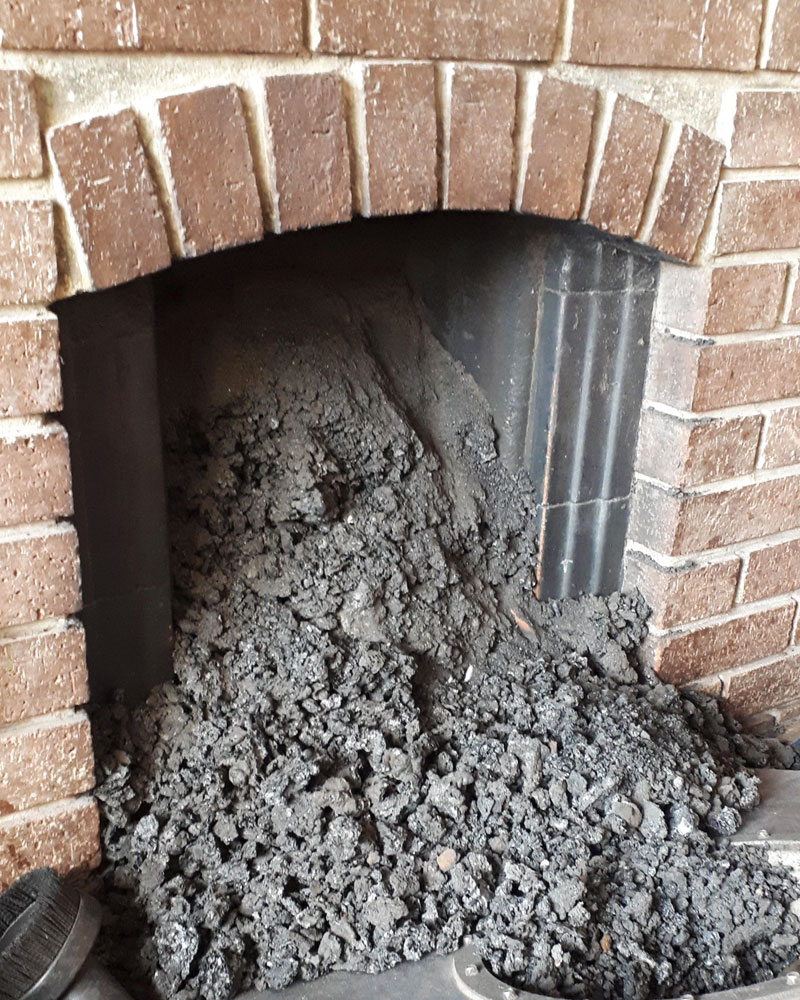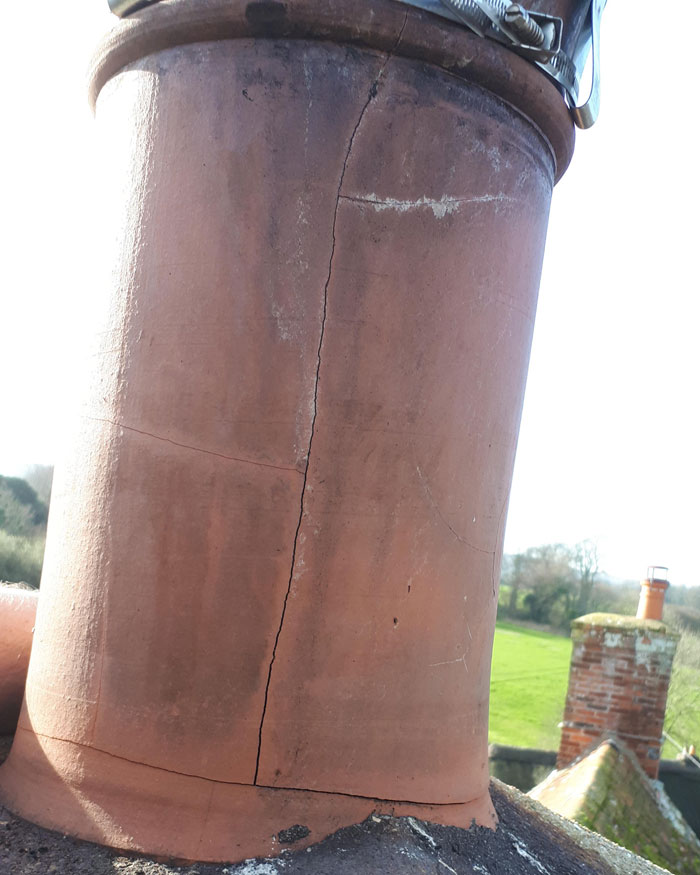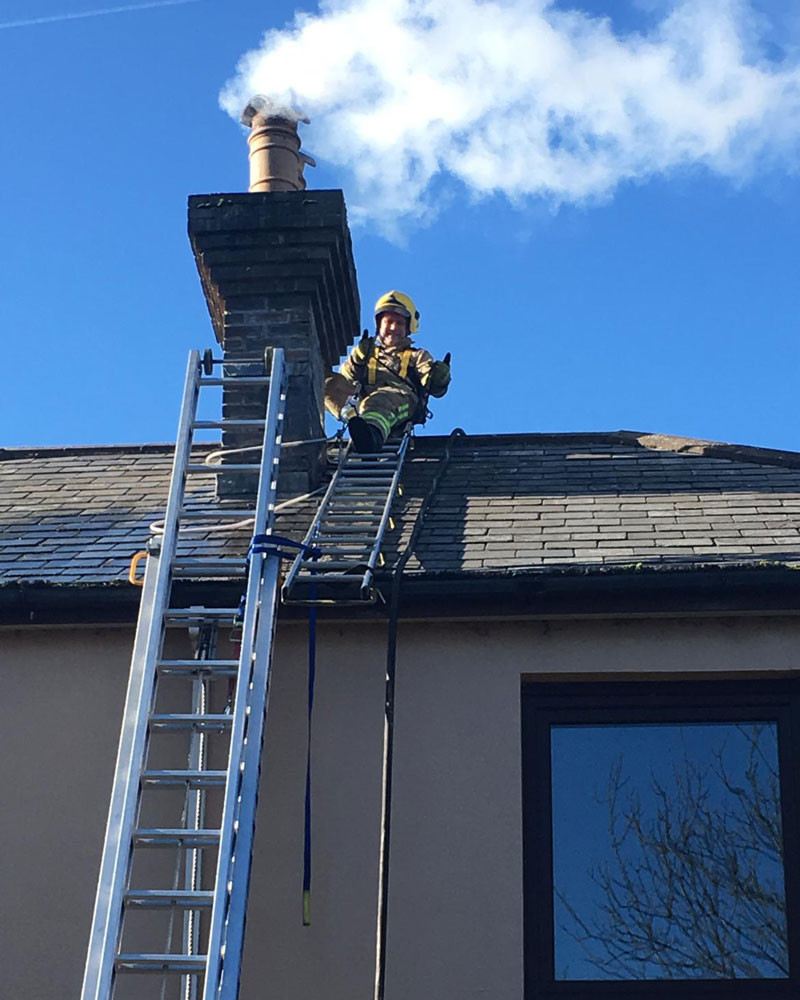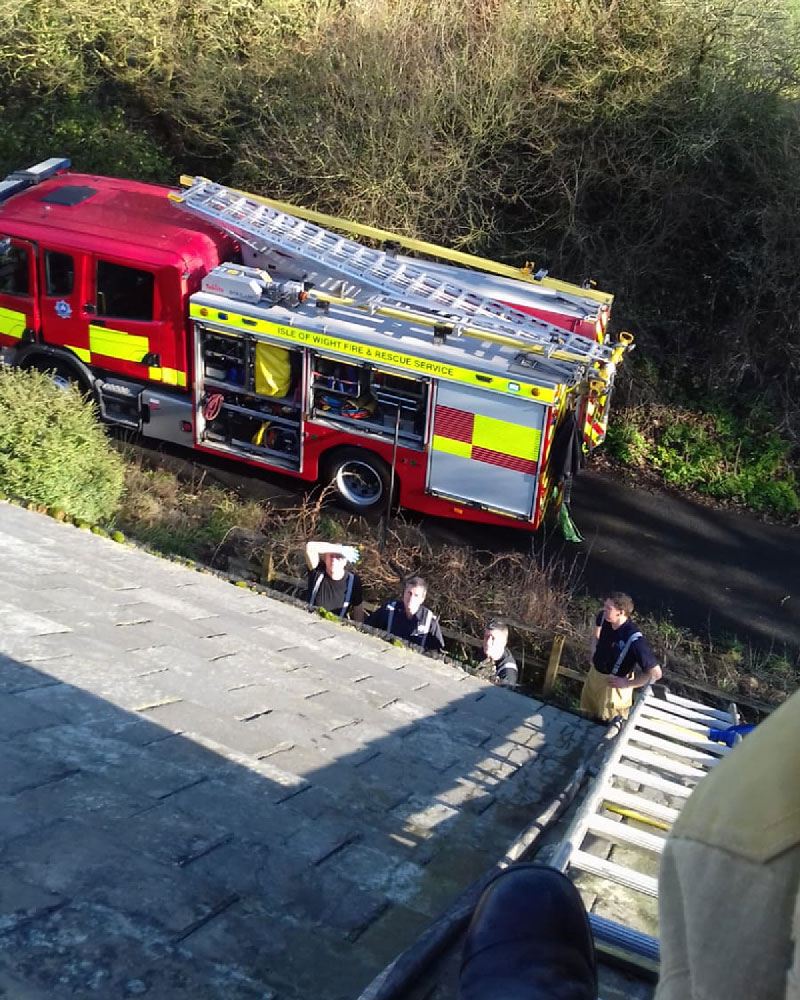
Symptoms can include:
- Headaches
- Breathlessness
- Nausea and/or vomiting
- Chest and/or stomach pains
- Erratic behaviour and/or visual problems
- Flu like symptoms
What is CO poisoning?
Carbon Monoxide (CO) is a poisonous colourless and odourless gas that can be present in the fumes from the combustion of fuels which aren’t burnt under the correct conditions, ( poor combustion ) for example, in faulty fossil fuel appliances or where there are chimney problems.
While most people associate CO with gas, fuels such as oil, paraffin, coal, petrol and wood all have the potential to emit CO if burned in faulty or unmaintained appliances. CO cannot be seen and has no smell of its own and it can be very dangerous. For solid fuel and wood burning appliances, if the room is filling with smoke or fumes, action is required immediately”.
CO poisoning occurs when too much is inhaled. The most common instances are linked to heating appliance malfunctions and lack of servicing or chimney sweeping which means the CO filters back into the property, exposing the inhabitants. CO prevents oxygen from being carried around the body, causing sufferers to experience flu-like symptoms and in the worst case, injury or death.”

Symptoms can include:
Getting your chimney swept and your appliance checked regularly is key to preventing Carbon Monoxide.
First and foremost, if you don’t have a CO alarm already – buy one today. Good ones can be picked up from around £15 or you can order them directly from us at WightSweep. The device will detect any signs of the gas and allows you to react quickly. However, the key to prevention is regular servicing of your heating appliances by a registered competent person. Registered Installers and Approved Sweeps are trained to spot any problems which could lead to CO poisoning.
If you suspect fumes are escaping from your combustion appliance into your home, smoke begins to fill the room, or your carbon monoxide alarm goes off, turn the appliance off immediately and open doors and windows to ventilate the building. Leave the building immediately and don’t return until your appliance or boiler has extinguished and the air in the room is clear.
Before you reuse the appliance, have it serviced by a Registered Installer and the chimney swept by a Approved chimney sweep.
To purchase a CO alarm or for free advice, contact Andy at Wight Sweep Chimney Sweeping on 07521 399376
If your chimney is not kept clean then flammable deposits can build up to the level where they can ignite. Obviously not sweeping your chimney regularly is one cause, but you also increase the level of deposits if you slow burn your stove, if you "turn it down for the night" also known as Slumbering or if you burn wet wood. Once alight the fire then spreads up the chimney, and it can get very hot, over 1000ºC. How to tell if you have a chimney fire - You will often hear a roaring noise in the chimney, especially with an open fire. Outside masses of smoke will be pouring out of the chimney. Also Sparks or even Flames can be seen exiting the chimney terminal.




In the event of a Chimney Fire
Damage caused by Chimney Fires
Coal soot chimney fires can create temperatures up to 1000 degrees centigrade inside the chimney.
Wood tar chimney fires can create temperatures up to 1200 degrees centigrade inside the chimney.
In all instances Contact Andy at WightSweep on 07521 399376 for advice
Once a fire is in the Thatch it is almost impossible to control. Thatch Fires do burn slowly in the early stages and this can allow time for salvage of internal property / personal possessions. Thatch fires are typically attended by in excess of 50 firefighters, at least eight appliances and often for over 24 hours.
The ignition Temperature of a thatch is Just 220 deg.C
Thatch is designed to repel water therefore once on fire simply pouring water on it has little effect. For this reason it is advisable not to delay in the process of removing household items.
Further advice can also be found on the National Society of Master Thatchers website
See also Dorset Model for thatch advice

Insurance
Most Insurance companies recommend sweeping the chimney at least twice a year with periodical CCTV inspection and require Certificates of chimney sweeping to keep Insurance valid.
WightSweep are APICS approved Chimney Sweep and issue a Certificate of Sweeping to all chimneys swept
Insuring Thatch is expensive. Approx 4 times the cost of a standard household insurance. There are Many Insurance Companies for Thatch and can be very competitive.
Examples not limited to: